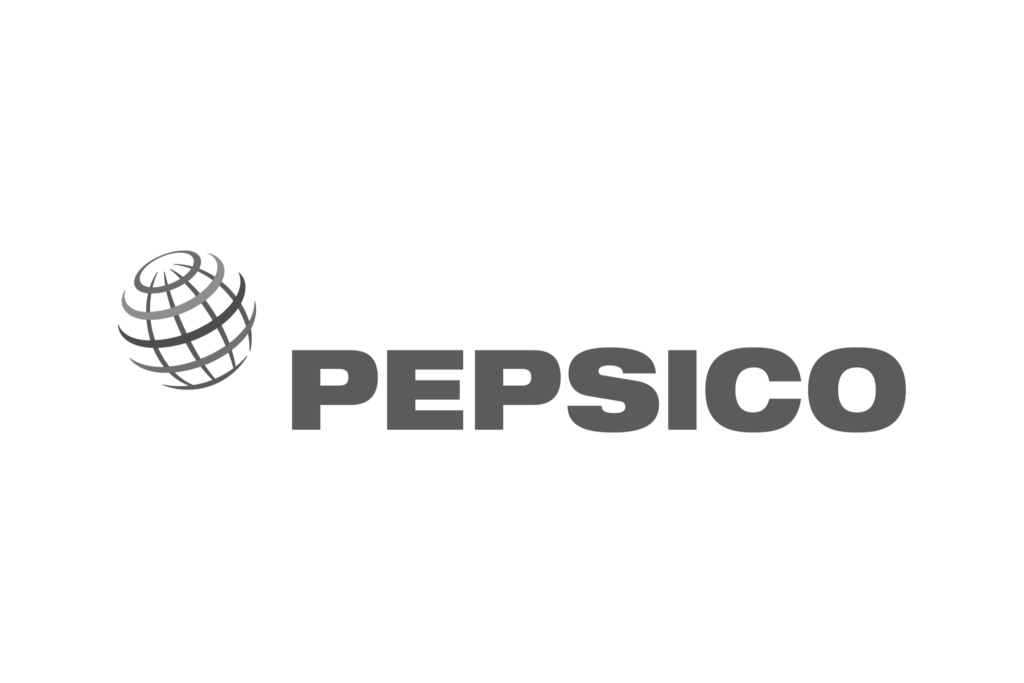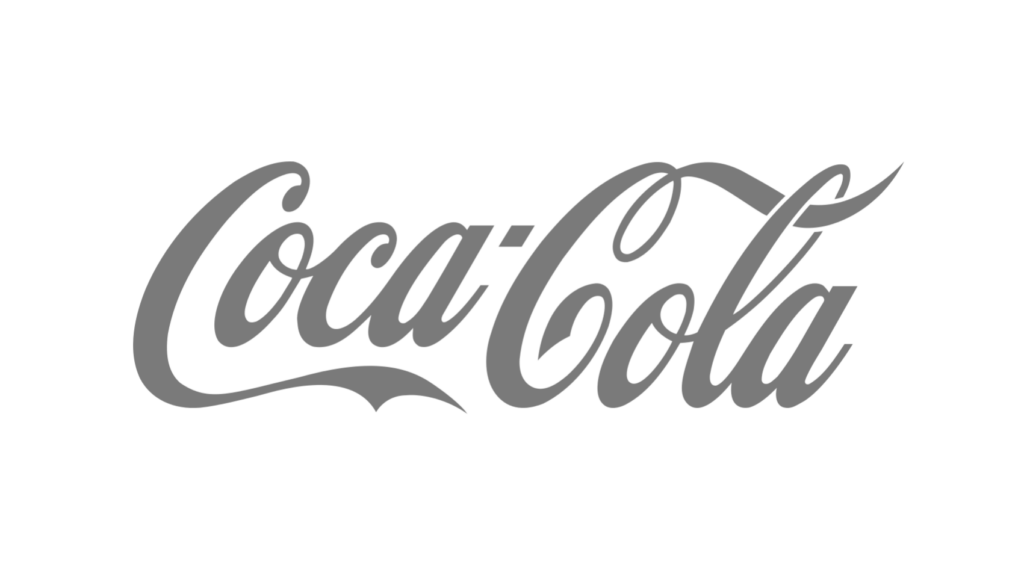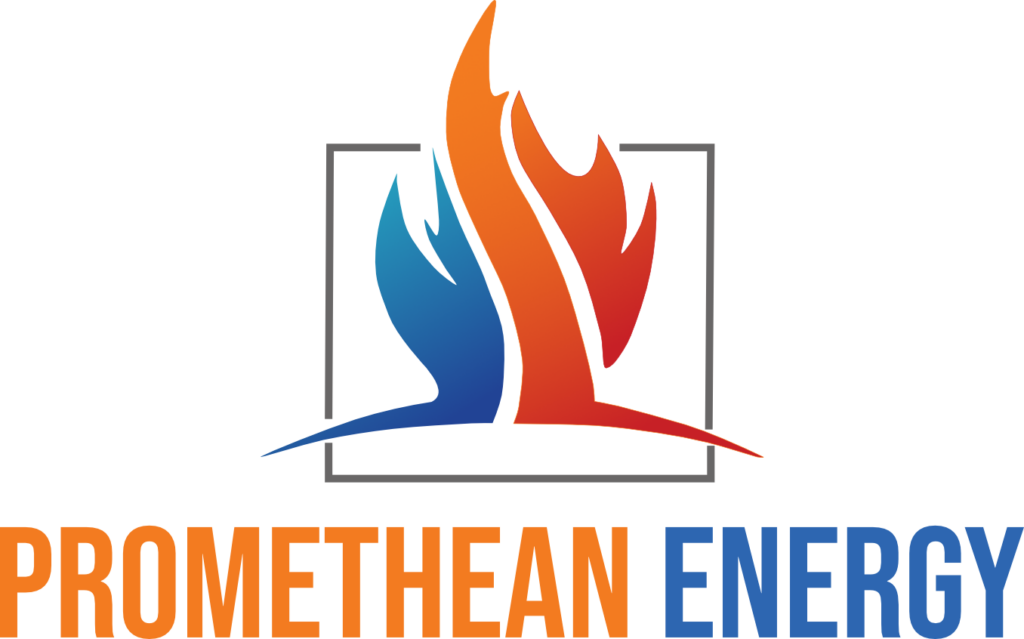Challenge
In the dynamic landscape of industrial operations, chillers play a vital role in maintaining optimal temperatures. However, the inherent challenge lies in the significant waste heat generated during the cooling process. This excess heat often goes untapped, leading to missed opportunities for cost savings and environmental sustainability.

Solution
Consider a case study involving a 100-ton screw chiller operational for 7000 hours per year. This chiller generated approximately 40 kW of waste heat that, in a conventional setup, would have dissipated into the surroundings.
However, with the implementation of a waste heat recovery system, this heat was harnessed and employed to preheat boiler water from 30°C to 55°C. The recovered waste heat facilitated the daily heating of around 30,000 liters of water.
Impact
By repurposing the recovered waste heat to pre-heat boiler water, briquette consumption for heating applications decreased, resulting in a remarkable reduction of 150 tons of CO2. Financially, the implementation yielded substantial savings of 32 lakhs/year, showcasing a rapid Return on Investment (ROI) in less than 15 months.
Additionally, the chiller’s energy consumption witnessed a significant decline, further emphasizing the holistic benefits of waste heat recovery.

Carbon Footprint Reduction
By reducing the need for briquette consumption for heating applications, the facility effectively curbed 150 tons of CO2 emissions annually, contributing significantly to environmental preservation.
Operational Efficiency
Notably, the chiller’s energy consumption witnessed a downward trajectory post the installation of the waste heat recovery system. This outcome underscores the interplay between sustainability and efficiency.
Energy Savings
The financial implications were equally impressive, with energy cost savings totaling 32 lakhs per year. The system not only paid for itself but also yielded substantial surplus savings.
Rapid (ROI)
A key indicator of success was the remarkably short ROI period of fewer than 15 months. This highlighted the economic viability of waste heat recovery systems.














